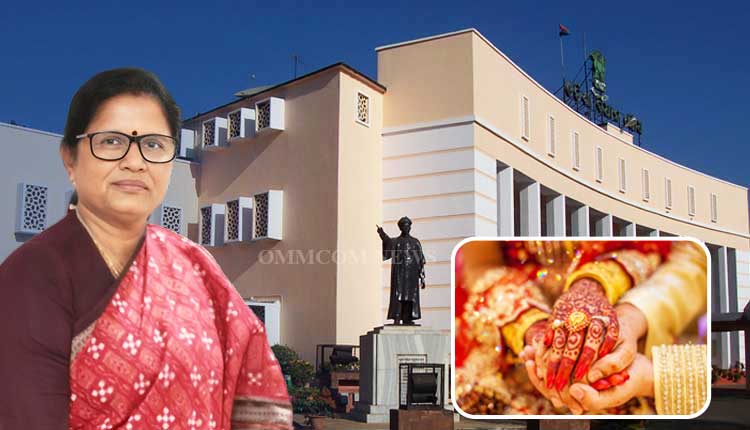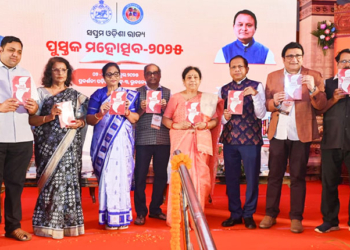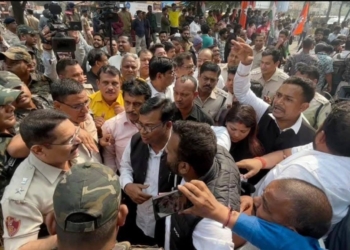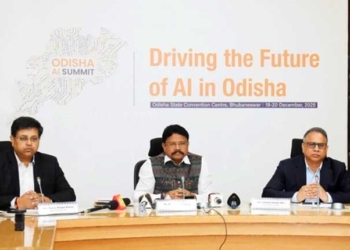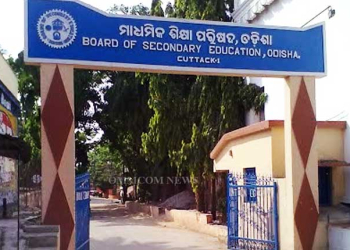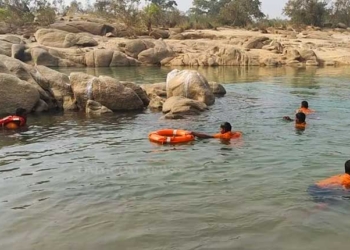Bhubaneswar: Over 8,100 child marriages were reported in Odisha in the last six years, despite ongoing awareness programmes and stringent legal measures, the Odisha Assembly was informed on Saturday.
In a written response to a question posed by BJD MLA Badri Narayan Patra in the Odisha Assembly on Saturday, Deputy Chief Minister Pravati Parida, who also holds the Women and Child Development portfolio, revealed that a total of 8,159 child marriage cases have been registered since 2019.
District-wise data shared by the minister highlighted Nabarangpur as the worst-affected district, reporting 1,347 cases, followed by Ganjam with 966 cases and Koraput with 636 cases.
The state government has been actively working to curb this social menace under the Prohibition of Child Marriage Act, 2006.
Key measures include:
Awareness Programmes: Regular awareness campaigns are conducted at block and Anganwadi levels, with meetings held every three months at block and gram panchayat levels.
Special Campaigns: Public awareness drives are organized on occasions like Akshaya Tritiya to prevent child marriages.
Legal Implementation: The Prohibition of Child Marriage Act, 2006, is being strictly enforced across the state.
Appointment of Officers: Child Development Project Officers (CDPOs), Panchayat Executive Officers, and hostel wardens/matrons have been designated as Child Marriage Prohibition Officers.
School Involvement: Principals under the School and Mass Education Department and Higher Education Department have been notified as Child Marriage Information Officers.
Regular Meetings: State-level PCMA committee meetings are held every six months to review and strengthen efforts to prevent child marriages.
In addition to addressing child marriages, the state government has also taken steps to combat child labour. According to data from the Office of the Labour Commissioner, 328 child labourers have been rescued since 2019.
Key initiatives to prevent child labour include:
Legal Action: A total of 159 cases have been filed under the Child Labour (Prohibition and Regulation) Act, 1986, against employers engaging children in hazardous work.
State-Level Coordination: A draft policy is being implemented in collaboration with nine departments to monitor and rescue child labourers at the district level.
Training Programs: District Labour Officers and police officials are being trained to enforce the Child and Adolescent Labour (Prohibition and Regulation) Act, 1986, more effectively.
Awareness Drives: Extensive awareness campaigns are conducted in partnership with stakeholders to eliminate child labour.




